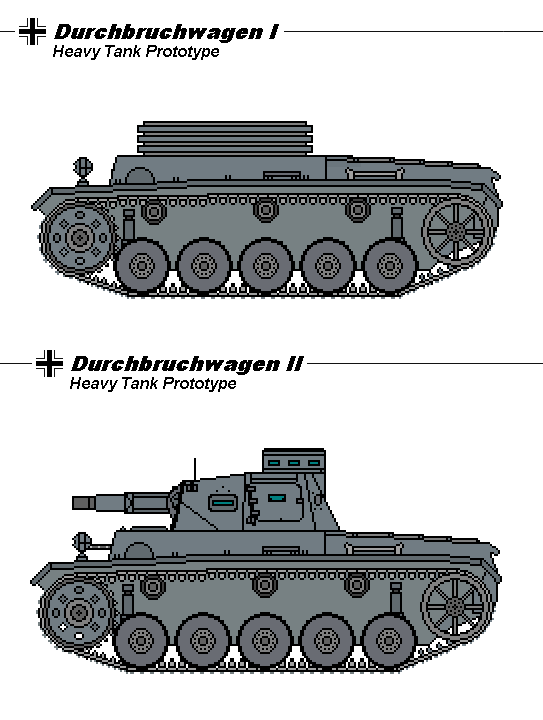Where does this total air control come from? Also, seeing as though it’s a fairly popular subject, do you have any sources for the Stuka being an “effective anti-ship weapon”?
As long as the British have aircraft carriers, they will have fighters as well.
I’m surprised no-one else has trotted this gem out, but:
“It takes the Navy three years to build a ship. It will take three hundred years to build a new tradition.”
Admiral Andrew Browne Cunningham
The total air control comes from the Luftwaffe and Regia Aeronautica being deployed in large numbers in southern Spain, you are welcome to examine the wiki list of sunken British warships of WW2, you will see numerous destroyers lost to JU-87 attacks during the Dunkirk evacuation, and three cruisers and numerous other ships sunken during the Crete operations (along with the Warspite being damaged by JU-87 attacks) Because of it's near 90 degree attack envelopes it was the most accurate bomber of that day
They will not have carrier fighters in anything like the numbers needed to actively contest the skies over Gibraltar in August 1940
Yeah thats great that he said that, there was also a standing order issued during the Norway and Dunkirk evacuations to not allow capital ships within JU-87 range, and there was a reason for it

